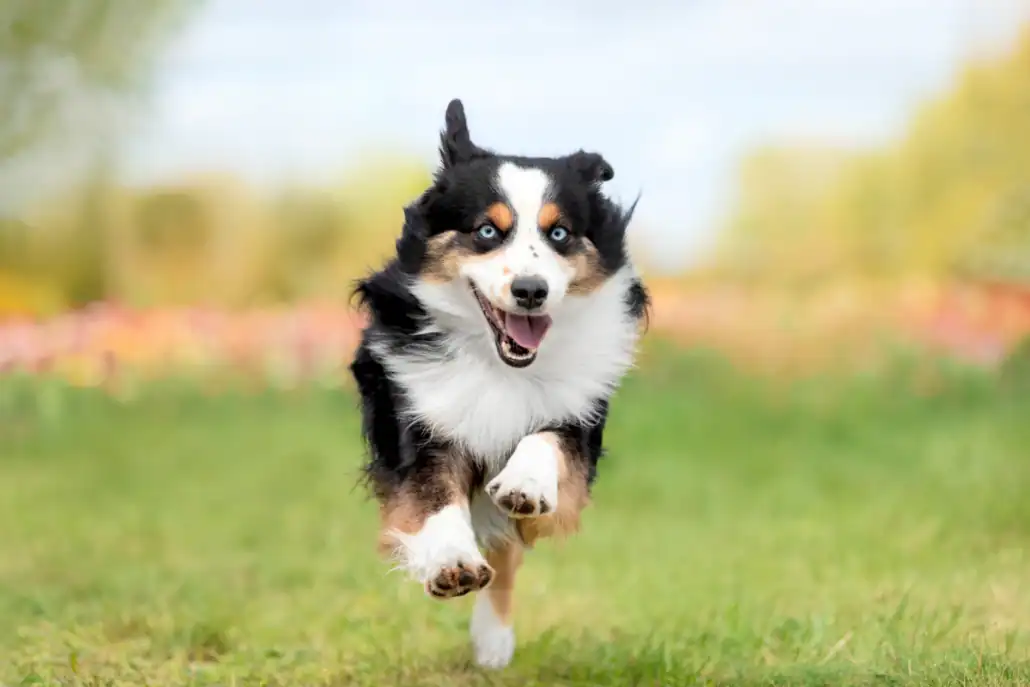The Most Active Dog Breeds

Some dogs are simply made to run, leap, and play. Whether they’re working to herd livestock, playing and chasing a ball, or just running alongside their human on a trail, active dog breeds thrive when they have the space to move and someone to do it with.
Some of the most energetic are the Border Collie, Australian Shepherd, Belgian Malinois, and Vizsla. These breeds don’t just like activity, they need it. The Border Collie, for example, is commonly seen as one of the most intelligent dog breeds and has an drive to work and move. According to the American Kennel Club (AKC), they require regular mental and physical exercise to stay healthy and content. (AKC – Border Collie)
Australian Shepherds, another herding breed, were developed to handle long days of active work and still have the energy to play. They love agility, hiking, and active games. Like the German shepherd The Belgian Malinois, known for its action in service and law enforcement, this dog is a working one that excels when given active tasks . These dogs are strong, agile, and focused and they thrive on challenge and routine. The American Veterinary Medical Association (AVMA) notes that working breeds in general need jobs to do and benefit from training that engages their minds. (AVMA – Working Dogs)
Sporting dogs like the Vizsla or Labrador Retriever also make the list. Vizslas are affectionate but tireless, often enjoying hours of running, swimming, or playing with other dogs. Labradors, known for their friendliness, carry a youthful energy well into adulthood and benefit from plenty of outdoor time and activity.
Because of their high drive, these dogs benefit from activities that go beyond daily walks. Fun dog “sports” like flyball, dock diving, agility courses, and scent work give them a healthy outlet for their energy and sharpen their mental focus whilst also being extremely entertaining. Even simple games like hide-and-seek with treats or tug-of-war can help release some energy. When active dogs are regularly challenged and engaged, they’re not just physically healthier they’re also calmer and more content at home.
Speaking of at home, It’s also worth noting that high-energy dogs tend to be more responsive to their environments and with their people. They often thrive in homes where routine, structure, and plenty of interaction are part of daily life meaning, constant pets and meals on regular time. Many of these breeds form strong bonds with their families and may become anxious or restless if left alone for long periods. Incorporating interactive toys, puzzle feeders, or even basic obedience training sessions throughout the day can help meet their needs and considering activities that the dog can do when you are away is sure to help.
Socialization is another important factor. Active breeds generally enjoy playtime with other dogs and benefit from regular trips to dog parks or group training classes. These settings not only provide exercise but also help reinforce positive behaviors and prevent boredom-related issues. Mental stimulation can be just as tiring as physical activity, and combining both is often the best approach to keeping a high-energy dog happy and well-behaved.


